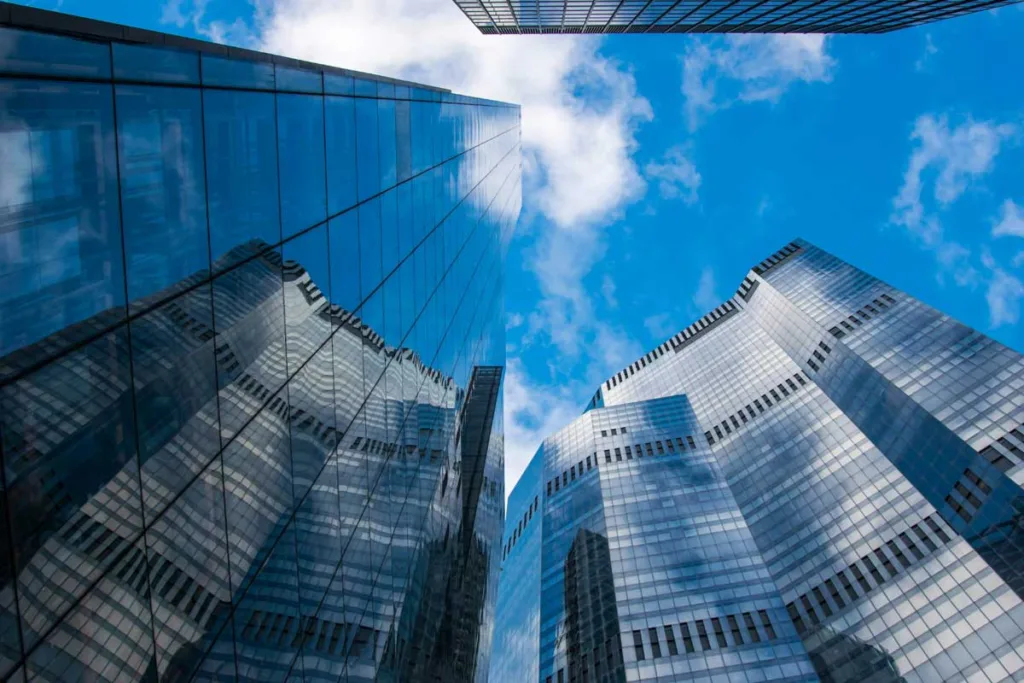Considered design features that encourage employees back to the office
COVID-19 lockdowns normalised remote working. In 2020, 5.6 million people in the UK worked predominantly or entirely from home. In the two years that followed, many companies opted to remain flexible in their working structures – making in-person office attendance optional. However, the heightened demand for London office space in 2023 and 2024 is revealing a shift in mindset when it comes to the ideal working arrangement.
The trade-offs of a fully remote workforce go beyond compromised employee supervision. Leaders and CEOs feel uneasy about the unclear effects on productivity, inferior collaboration opportunities, and weakened company culture. Despite these concerns, the topic remains delicate. Putting pressure on your workforce to return to the office, without any incentive to do so, can leave employees feeling dejected.
Getting employees back to the office
Encouraging a return to the office shouldn’t rely solely on an office refurbishment, but it’s certainly a good place to start. Employees are unlikely to flock back to an unappealing workplace that is not suited to their style of work. Reconsidering your workspace to prioritise your employees and your ESG goals can effectively motivate your workforce back to in-person work patterns.
Office design features that appeal to employees
Spaces for social interaction
The capability to socialise is one of the most compelling benefits of in-person work. While bosses once dissuaded employees from interacting during work hours, it’s become widely accepted that workplace interiors that encourage strong social relationships at work result in a happier more collaborative workforce.
Flexible workspaces
Individual work habits vary drastically. Some employees thrive in bustling open-plan workspaces, others require optional quiet areas. In most cases, this can vary from one day to the next depending on the nature of their tasks. By providing a variety of work environments, employees know they have access to the workspace they require on any given day.
Natural light
The benefits of natural light in the workplace include improved productivity, reduced stress, and even improved sleep. Of course, not all offices can be glass skyscrapers – however, all offices can be designed to maximise the natural light available. Using considered layouts, natural office lighting can be significantly improved.
Amenities
It’s hard to deny that remote working offers convenience. Employees have become accustomed to having their fridge, microwave, and bathroom within mere metres of their desk. Equipping your office environment with amenities – such as a high-quality kitchen, wellness spaces, and comfortable bathroom facilities – enhances work-life balance and alleviates some of the friction felt when returning to the office.
Green features
Creating a pleasant environment is key to encouraging employees back to the office. Incorporating greenery using suitable indoor plants and other biophilic elements can enhance the aesthetics of the space and provide a more inviting environment.
The benefits of returning to the workplace are not exclusive to employers. Despite the convenience remote working offers, employees do stand to benefit from returning to an office that is optimised to suit their needs. By providing your workforce with an office fitout they will want to spend time in, the transition to in-person work becomes a less strained, more mutual arrangement.




